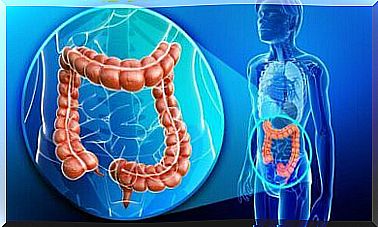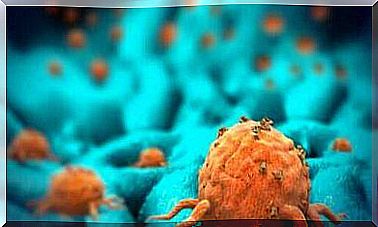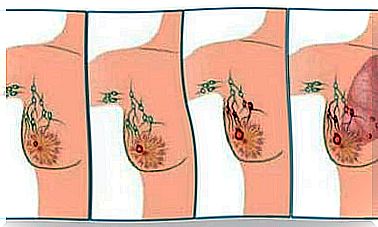Pulmonary Plague: What Is It And What Are Its Symptoms?
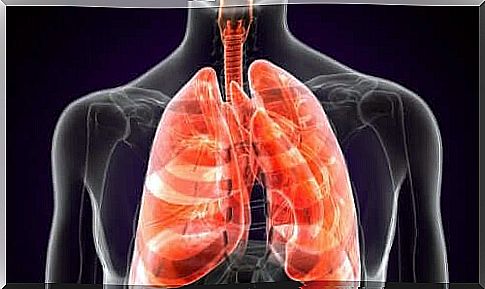
Pneumonic plague is one of the varieties of the disease commonly known as ‘the plague’. It is a serious disease that has led to several epidemics throughout history, resulting in high death rates. Fortunately, it is now completely treatable.
The most serious plague epidemic in history took place in Europe in the fourteenth century. It was called the Black Death and about 50 million people died from it.
Pneumonic plague in particular is a particularly serious form of the plague. If left untreated, the person has a death rate that can reach 100% in some cases. It is also highly contagious and has great potential to cause epidemics.
The black Plague
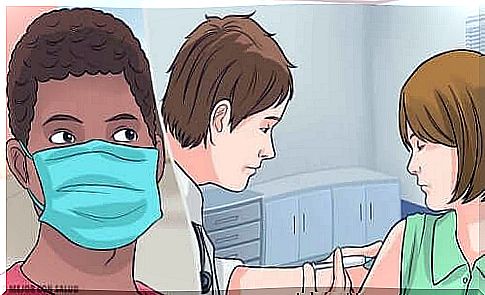
Plague is a contagious disease that affects animals and, although rare, can also affect humans. It is caused by the bacterium Yersinia pestis, which can be found in rodents and their fleas.
Currently, there are several outbreaks of the disease in different parts of the world. The disease is usually transmitted between animals and humans through bites from infected fleas. People and animals also transmit the disease through direct or indirect contact. There are three basic types of plague:
- The bubonic plague. This is the most common type. It corresponds to cases where bacteria get into the body through a flea bite or through a cut or scrape on the skin. It affects the lymphatic system.
- The septicemic plague. When the bubonic plague is left untreated and bacteria build up in the bloodstream, it can cause septic shock. This can lead to septicemic plague.
- pneumonic plague. This occurs when the bacteria settles in the lungs. It is the most evil form of the plague. If you don’t treat it quickly enough, it can lead to death.
lung plague
Pulmonary plague is the least common form of the plague, but also the most dangerous. To reduce the risk of death, treatment within 24 hours is required.
There are three ways to spread the pneumonic plague. The first and most common way is person-to-person transmission, by air. This occurs when a person inhales the bacteria exhaled by an infected person.
In addition, a person can inhale the bacteria. These are in fact in droplets that form in the respiratory system of an infected person. Infection only occurs if there is close and continuous contact with the sick person or animal.
Pneumonic plague also occurs when a person suffers from bubonic or septicemic plague and does not receive adequate treatment for the disease. In this case, the bacteria can migrate and settle in the lungs.
Symptoms
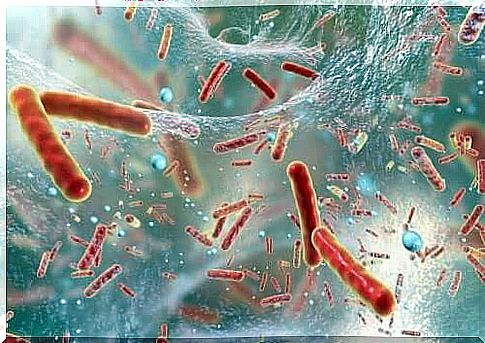
The incubation period of this disease can last from 1 to 7 days. After that time, the infected person will show the first symptoms, which are the same as an acute febrile illness.
There will be non-specific symptoms. For example, complaints such as:
- headache
- sudden fever
- cold shivers
- weakness
- nausea, vomiting
- generalized pain
It is very important that the person is treated within 24 hours of the onset of symptoms.
To confirm that it is the pneumonic plague, you have to undergo a number of laboratory tests. The best way to do this is to take a sputum sample and have it analyzed to check for Y. pestis bacteria. You can also have this verified by means of seroconversion.
Other interesting data
Septicemic plague and pneumonic plague have a very high mortality rate. Timely and adequate treatment reduces the chance by only 50%. That is why surveillance and disease prevention is so important.
The best way to avoid this disease is to control the rat population. Try not to come into contact with these animals or their dead bodies. If there is an infected person, they should remain isolated to prevent the disease from spreading further.
The World Health Organization does not recommend vaccination against plague. In fact, there is no real evidence that the vaccine is effective at all. You should immediately report any suspicion of a possible outbreak of the diseases.
